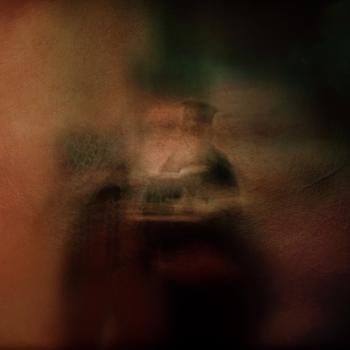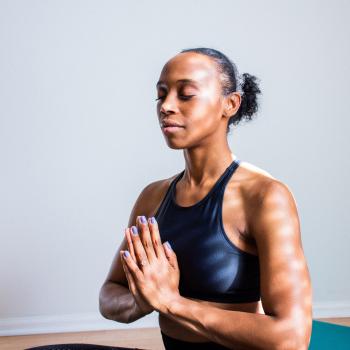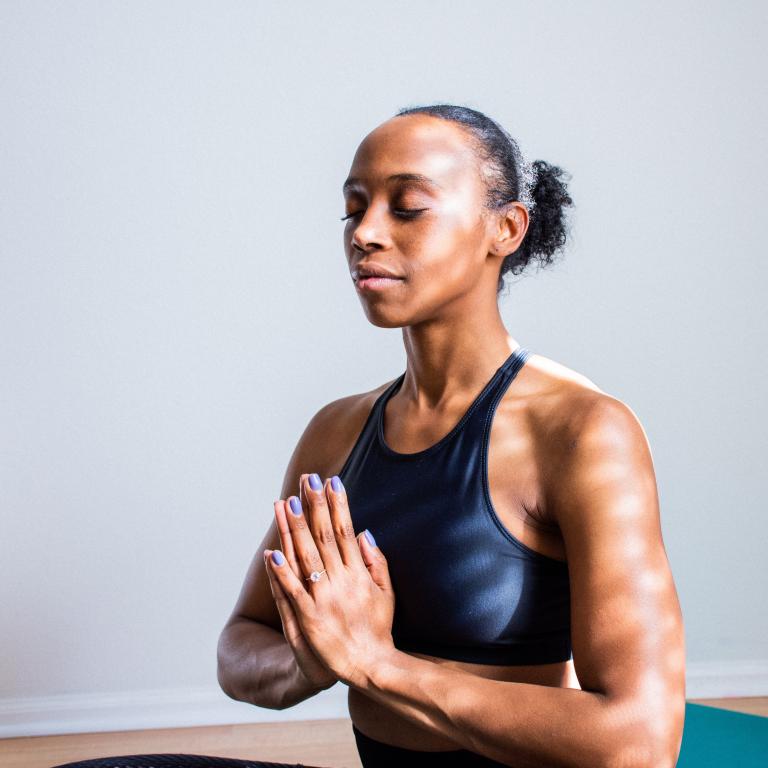
If you have trouble meditating, you might relate to this story. In the book Reincarnation Blues, author Michael Poore tells the story of a man named Milo who is reincarnated many, many times. With each new reincarnation, Milo has a chance to get things right by putting others ahead of himself—but he keeps coming up short. As a result, Milo has burned through almost a thousand lives.
During one lifetime, Milo is a friend and companion of the Buddha. (Yes, that Buddha.) Even with personal instruction from the man he calls the Master, Milo struggles with staying focused while meditating. He thinks about chickens, why rocks are hard, a bare-breasted woman he once glimpsed, his belly button. He thinks about anything and everything, as this passage illustrates:
“I suck at meditating,” Milo blurted one evening. He wanted to meditate so badly, the failure was giving him stomach cramps.
The Master spoke. “Meditating is mostly breathing,” he said. “Breathing is our most intimate contact with the world outside ourselves. We bring it in. (The Master inhaled). We push it out. (The Master exhaled.) When we do that, the world outside becomes part of us.”
“So,” said Milo, “it doesn’t matter that I can’t help thinking about monkeys or my big toe.”
“The mind can’t help being noisy,” said the Master. “Last night, trying to meditate, all I could think of was cats.”
“Oh,” said Milo, surprised. “What about them?”
“Nothing. Just cats, cats, cats, cat, cats, cats.”
Does Meditation Have to be a Struggle?
As Milo’s story above makes clear, when we try to meditate thoughts have a way of invading our head. For the Buddha, it’s cats. But for you, like Milo, it might be any of a gazillion other things. That’s okay. The important thing is not to get overly concerned about the noise in your head and try to move past it.
If you just can’t seem to stop thoughts from interfering with your meditation efforts, there are two approaches I use to quiet the noise, both influenced by the teachings of Sam Harris.
- Drop back into yourself, deep within the area of the heart, creating some space between you and your thoughts. Watch them as they float by.
- Pretend that there’s a mirror in your head that’s reflecting thoughts outward as they enter your headspace like a protective shield. (Sounds weird, but for me it works.)
The most important part of meditating? Focusing on your breathing. Paying close attention to just a single breath can have an immediate benefit. Try it now: Stop reading for a moment and pay attention to your breath as you inhale and exhale. Breathe in. Breathe out. Try it again. Congratulations, you’re meditating!
While I’ve written about easy meditation techniques here and here, I’d like to introduce three new easy-peasy approaches you might want to try for yourself.
Easy-Peasy Meditation #1: the Dharma Breath
This one comes from philosopher Erick Godsey and while he calls it the Dharma Breath, you can call it whatever you want. It doesn’t get much simpler, or effective, than this.
- Inhale for 6 seconds…
- do not pause at the top of the breath…
- Exhale for 6 seconds…
- Do not pause at the bottom of the breath…
- Repeat.
Godsey says to think of it “as a continuous breath; 6 seconds in, 6 seconds out.” And while he will do the Dharma Breath for a full 90 minutes(!), I think you can see benefits by trying it right now for a minute or two. If you like it, add a daily Dharma Breath session to your morning practice.
Easy-Peasy Meditation #2: Resting in Awareness
This meditation comes from the Zen Buddhist author Lew Richmond and his book Aging as a Spiritual Practice. To assist in the process, Richmond recommends lighting a candle which represents the divine and the eternal or sitting in an area of greenery which represents beauty and the impermanence of life.
Keep your eyes open for this one. Sit in a comfortable chair and as you view the world, consider there are two ways to view what’s in front of you. You can sit back and let the world come to you—or you can point your attention out into the world. This approach uses the latter technique and begins by turning your attention to the breath.
- Ground your awareness in the breath.
- Ask awareness to fill the room.
- Rest in that alive space.
- Surrender to it. Relax in it. Enjoy it.
- As thoughts arise, let them go.
Easy-Peasy Meditation #3: Vertical Time
This isn’t so much a meditation as it is a contemplation technique. Richmond has come up with a new way to look at time by viewing it two ways, horizontal and vertical. We mostly think of time as a horizontal line with milestones dotting the past and goals placed in the future. But Richmond says:
There is another kind of time I call “vertical time,” which means this present moment. This room, this column, this body, this breath. While horizontal time is largely mental, vertical time is more physical and is expressed in the body and breath. There is no before and after. Time is just there, moving upward at a vertical angle.
We often get bogged down by thinking about what happened in the past, or what’s going to occur in the future. It’s a horizontal view of time. But in this practice, think of time as a vertical line shooting upward into infinity and beyond. Don’t dwell on the past. Don’t think of the future. Dwell in the present moment.
Remember, you’re not meditating just for the sake of meditating. It’s about the effect it has on you when it’s over. You meditate to be more attentive to the present moment, whether you’re eating, engaging in conversation, or even washing the dishes. You’re living your life one moment at a time instead of rushing through it.





























